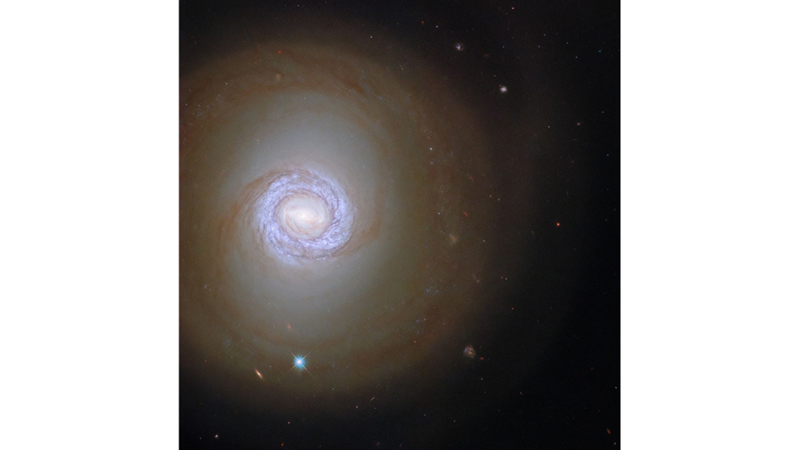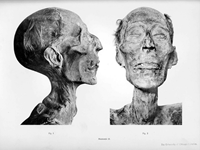In this image, the Hubble Space Telescope, a joint collaboration between NASA and ESA, observes the spiral galaxy NGC 1317 in the constellation Fornax, about 50 million light-years from Earth. At the center of the galaxy is a bright blue ring of young, hot stars.
NGC 1317 is actually part of a galaxy pair. However, its larger and more complex neighbor NGC 1316 is not included in this frame. Nevertheless, two other celestial objects are visible in the image: One is a bright star with a cross-light pattern and is part of our Milky Way galaxy. The other is a distant galaxy that looks more reddish and lies far beyond NGC 1317.
This image is a composite of hundreds of observations made with Hubble's Wide Field Camera 3 and the Advanced Camera for Surveys. It was also supplemented with data from the ALMA telescope array in the Atacama Desert in Chile. This allows scientists to study the relationship between cold gas clouds in galaxies and the young stars born from them.
The ALMA telescope's precise measurements at long wavelengths allow it to detect areas of cold gas in the universe, while Hubble's high resolution allows it to study young star clusters in these areas in detail.
Such important astronomical discoveries are often made possible by many different telescopes working together. Hubble's observations are also the basis for research by the NASA/ESA/CSA joint NASA/ESA/CSA James Webb Space Telescope.
Image credits: ESA/Hubble & NASA, J. Lee and PHANGS-HST Team


 Nielawore
Nielawore









Yorum yazmak için lütfen giriş yapınız